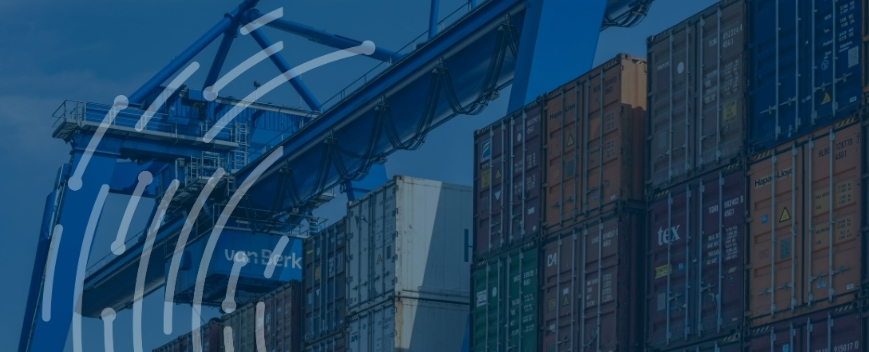Switch Bills of Lading


Access trade, receivables and supply chain finance
We assist companies to access trade and receivables finance through our relationships with 270+ banks, funds and alternative finance houses.
Get startedContent
What is a Switch Bill of Lading?
A bill of lading is an essential document when goods are being transferred between international borders. It concisely lists all of the cargo being transported; critical in terms of transparency as well as when adhering to laws between two or more jurisdictions. However, there can be times when a different summary is required. This is known as a “switch bill of lading”. In order to better appreciate its benefits as well as when it will be used, it is a good idea to take a look at this concept in greater detail.
A switch bill of lading is often used when a “triangle trade” takes place. In other words, it will be employed in the event that an importer is purchasing products from a middleman or a distributor as opposed to the manufacturer itself. This is also quite common when the previously mentioned middleman is located within a different country of origin. So, a switch bill of lading will be issued in replacement of the original document. However, it still accurately represents what is contained within the shipment itself.
What are Some Examples of When a Switch Bill of Lading is Needed?
From a very general point of view, this certification will be necessary during instances when the initial trading stipulations or the outbound logistics have been modified. Here are three situations which could warrant the issuance of a switch bill of lading:
- The location of the original port of discharge has changed.
- The initial country of origin needs to remain hidden from the buyer.
- The identity of the exporter remains obscure so that the seller can remain acting as the middleman (as opposed to the buyer contacting the manufacturer directly).
As mentioned previously, it is important that the contents found within the switch bill of lading match those associated with the original document. Assuming that multiple transactions are taking place during a triangle trade (an exchange between the factor, the trader and the importer), a switch bill of lading needs to be created for every subsequent shipment.
Where Can This Switch Occur?
This is a rather broad question and the answer will depend upon the shipping route. Let us assume for a moment that a product is being sent from Moscow to New York City via Berlin and London. In this case, it is possible to write up a switch bill of lading at any one of the stops contained within this route. However, the shipping line itself must have legal offices within the proposed city.
Are There Any Legal Concerns with a Switch Bill of Lading?
This is an understandably important question. There can be times when switch bills of lading are issued in order to mask the origins or a product or the identity of a prohibited manufacturer. However, the legality of these documents is generally determined by discovering whether or not there was a proven intent to commit fraud. This type of misrepresentation could also include the ultimate buyer being unaware of the initial switch or in the event that the list of shipped contents was modified without the express knowledge of all parties involved. Having said this, a forgery is said to have occurred when:
- A representation has been falsely made, or
- It was made without knowing whether the document was valid, or
- The issuer knowingly falsified the switch bill of lading itself.
To put this another way, most interpret these situations as occurring when there was a known issue as opposed to simple careless bookkeeping. It is nonetheless a fact that even accidental discrepancies can cause grave legal consequences if they are allowed to remain in place.
How Can Shipping Agents Protect Themselves?
Considering the concerns outlined in the last section, it is only logical to assume that shippers wish to protect themselves (and their insurers) against instances of potential fraud. There are several steps which can be taken. First and foremost, they will need to be legally covered by their insurance provider for any issuance of a switch bill of lading. Other actions can include:
- Describing the exact reason why the switch bill of lading is needed.
- Only creating the switch bill after the initial bill of lading has been obtained and verified.
- Comparing the information contained within both documents before accepting the switch bill.
If any misrepresentations or inconsistencies are found, the agent or seller could be affected by any claims filed by the buyer (assuming that losses or damages had resulted from such a situation).
Frequently Asked Questions
- All Topics
- Key Terms
- Incoterms Resources
- Podcasts
- Videos
- Conferences















